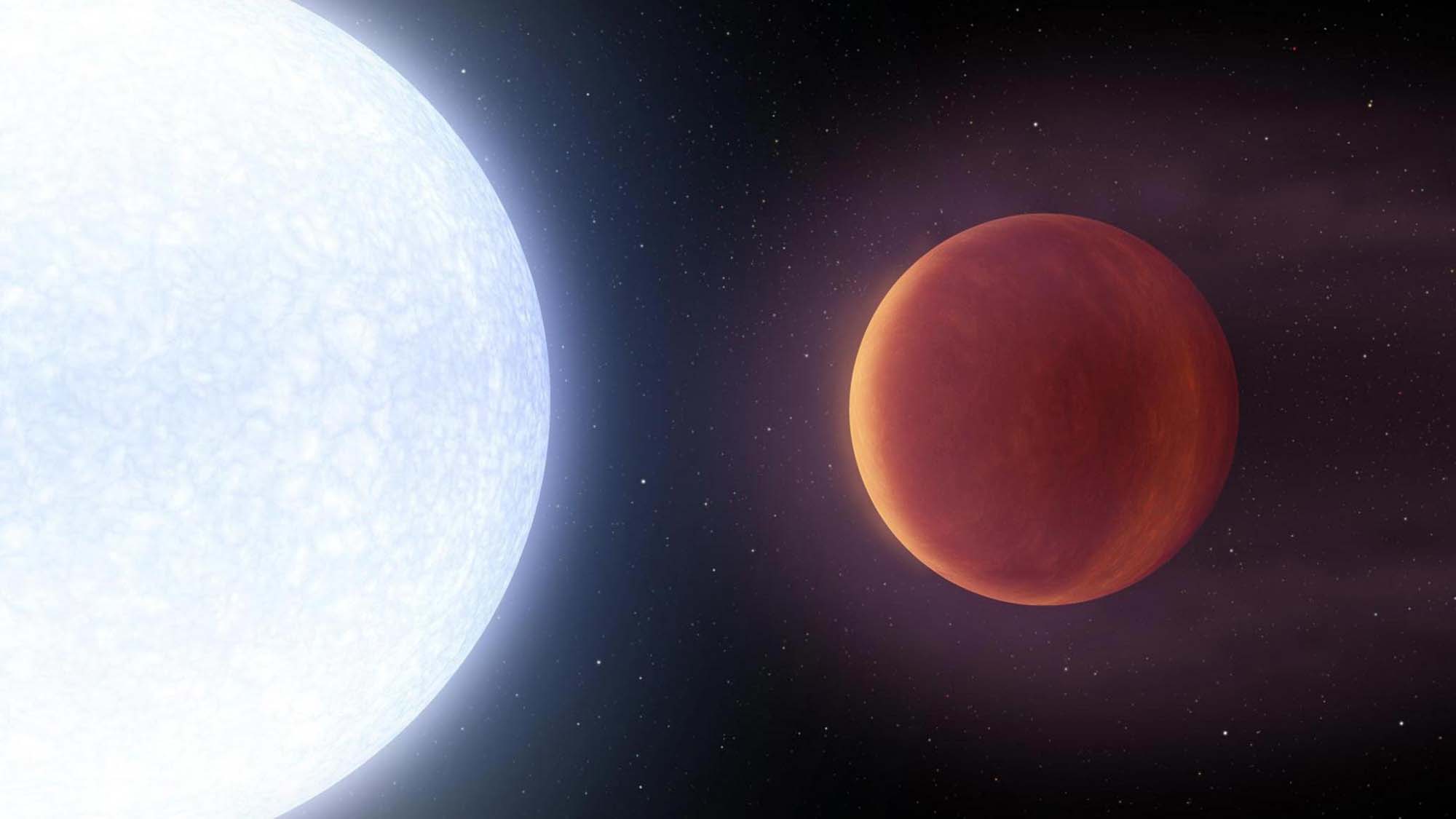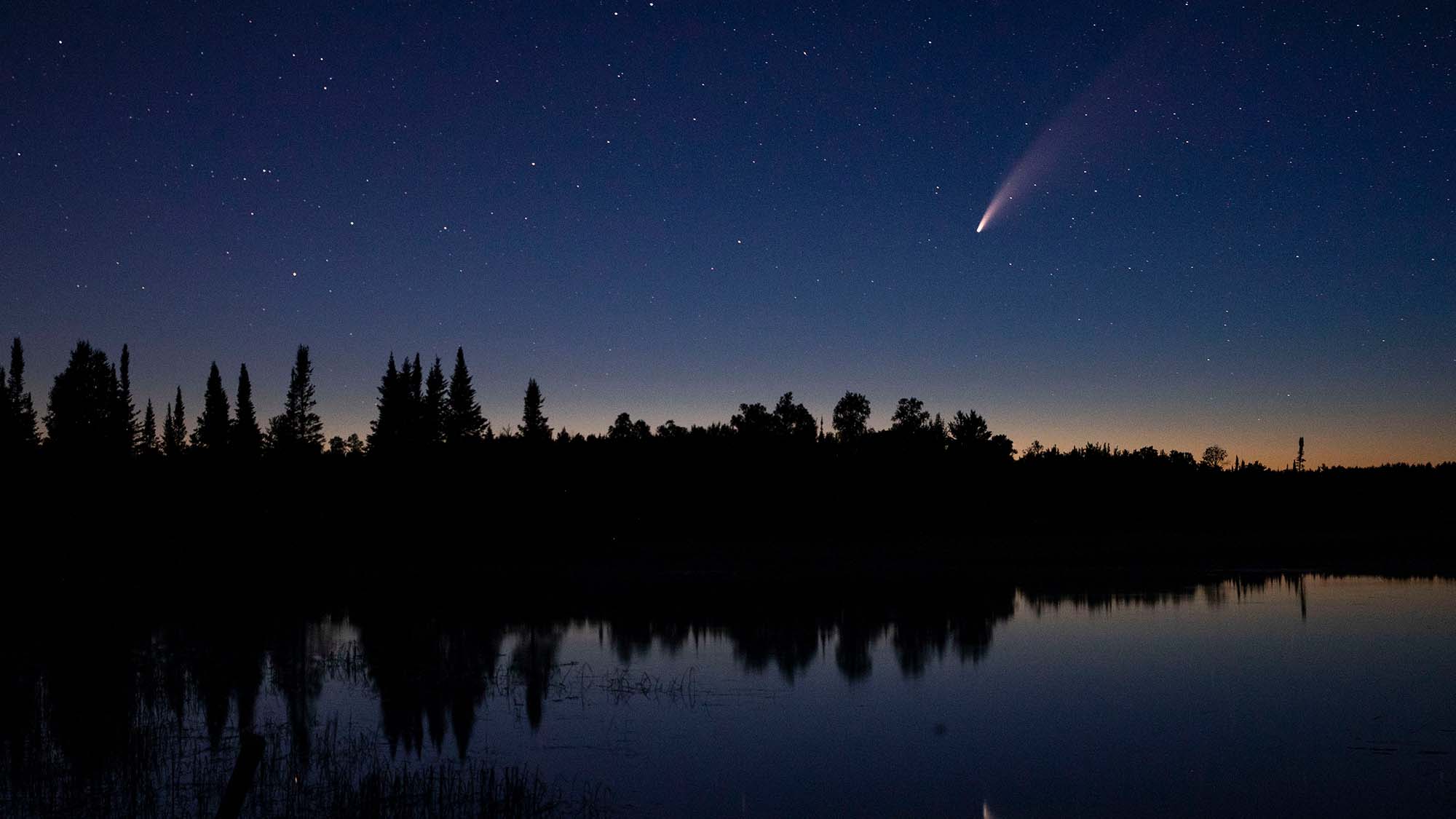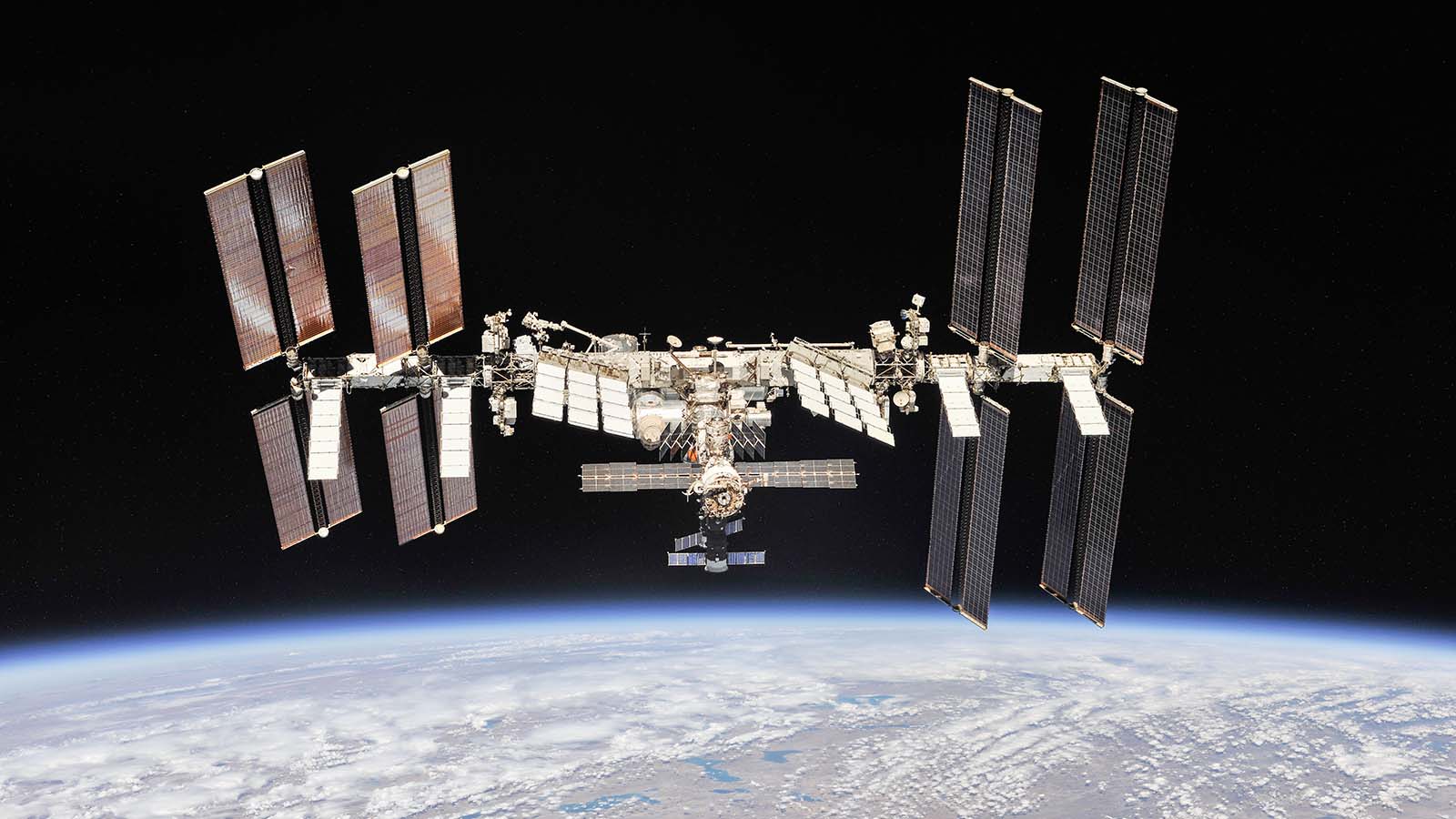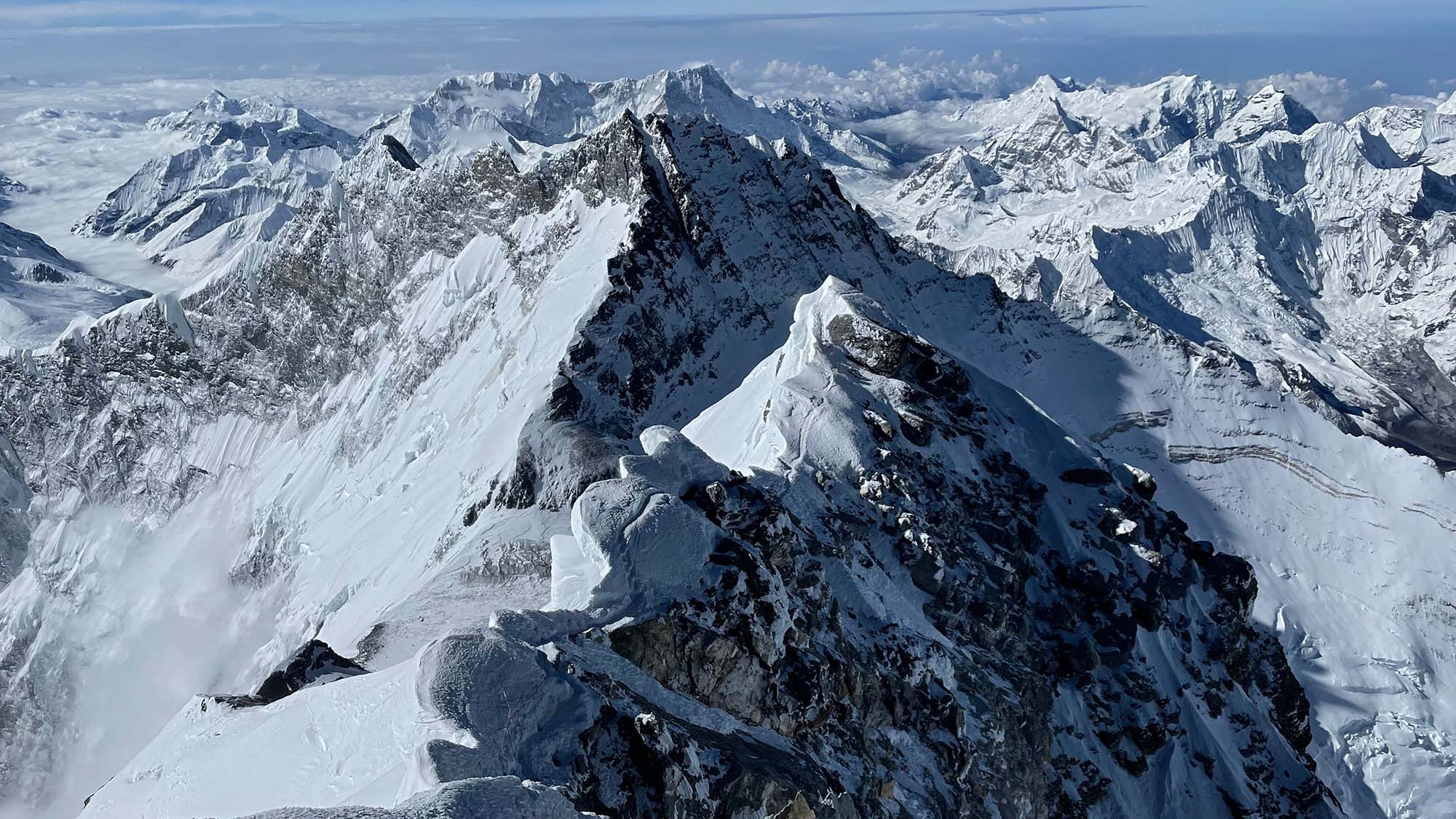Murderous bears and heavy metal exoplanet atmospheres lead the week in science news
There was a lot of science news from across many fields this week, from biology and wildlife management to NASA’s plans for the International Space Station and even some extreme exoplanet news (who doesn’t love a weird exoplanet?).
In Sweden, researchers found that some brown bears were more aggressive killers than others, and it could have important implications for protecting reindeer herds shepherded by Indigenous people in the future.
We also caught sight of an exoplanet with a layered atmosphere of iron, chromium, and other metals. Yes, you read that right, an iron and chromium atmosphere, made of metallic gases. How is that even possible?
For more terrestrial matters, a new study found that about 1,600 years ago, Earth might have had a near-miss encounter with a comet, and given the damage that just the cometary debris caused, we caught a lucky break.
Another study revealed strong evidence for a pair of ancient supermountains on Earth that might have been instrumental in the development of complex lifeforms about 2 billion years ago.
And not to be upstaged by primordial supermountains and dangerous comets, NASA revealed its plan for decommissioning and safely deorbiting the International Space Station, and it even gives us a target date for the final, spectacular descent of the ISS into the Pacific ocean.
So, fellow science nerds, let’s dig into the major science news for this first week of February 2022.
Bears Wake From Hibernation and Slaughter Reindeer Calves with Abandon
Everyone knows that bears are ferocious predators, but a new study that tracked the hunting behavior of brown bears in Sweden reveal that some are more aggressive and deadly than others.
The most deadly of the 15 bears tracked in the study, an especially aggressive female, killed 38 reindeer calves in just a single month before going on to kill 18 moose calves the next month.
While moose herds are wild, reindeer herds in Sweden are partially domesticated and herding is a major cultural and economic activity among the indigenous Sámi people.
The slaughter of so many calves can have long-term consequences for a herd’s viability, so understanding how brown bears hunt vulnerable calves can improve wildlife management practices.
Newly-Discovered Exoplanet Has Atmosphere Rich In Heavy Metal Gases

When it comes to extreme conditions, our solar system has some notable outliers, like Venus with its crushing 482 degree Celsius atmosphere or Saturn’s moon Titan that is cold enough to condense methane into sloshing liquid lakes on its surface.
They’ve got nothing on the exoplanet WASP-189b, however. This gas giant is a hot Jupiter, meaning that despite its enormous size and mass, it orbits extremely close to its star.
The dayside temperature is 3,200 degrees Celsius, which isn’t just hot enough to melt iron, it actually turns it into a gas, along with chromium, magnesium, and titanium oxide.
These metallic gases are actually layered in WASP-189b’s atmosphere in a similar manner to Earth’s, where heavy water vapor resides in the lower troposphere while lighter gases extend higher into the stratosphere.
Earth Might Have Narrowly Avoided Devastating Comet Impact 1,600 Years Ago

While our planet has seen its share of impact events from asteroids and comets in the distant past, we may have come close to seeing a similarly devastating impact as recently as 1,600 years ago.
New evidence from the Ohio River Valley in North America indicates that the Ohio Hopewell culture that mysteriously and suddenly declined about 1,500 years ago might have been the victim of an airburst from fragments and debris from a comet that made an especially close pass.
Stretching across 11 Hopewell sites in three states, archeological evidence shows telltale signs of an airburst, including specific meteorites known to be the result of an airburst.
Extensive historical comet records from China also detail an unusually large number of comet approaches right around the time the Hopewell decline began.
The airburst appears to have set 9,200 square miles of the region on fire, which would have been devastating to Hopewell agriculture, likely hastening their demise.
International Space Station To Deorbit In Fiery Sendoff In Early 2031

NASA revealed its plan for decommissioning and safely deorbiting the International Space Station (ISS), which anticipates the aging space station will decelerate and burn up in the atmosphere in early 2031.
Entering its third decade of continuous occupancy and operation, the ISS is one of humanity’s greatest scientific and engineering achievements, but the rigors of operating in low-Earth orbit have gradually taken their toll on the station’s primary structure.
It won’t be safe to use the station beyond 2030, NASA says, so it is planning for how to safely bring it out of orbit. NASA will then turn over responsibility for operations in low-Earth orbit to the private sector while NASA pivots its focus to future lunar missions and an eventual manned mission to Mars.
Ancient ‘Supermountains’ Might Be Responsible for Complex Life on Earth

We also took a deep dive this week into a new study arguing that ancient supermountains might have been responsible for two of the biggest evolutionary developments in the history of life.
The mineral zircon, with a low level of lutetium, is only able to form under immense pressure, and so are typically only created in the heart of tall mountains produced by the collision of tectonic plates.
Using this mineral as a marker, researchers at the Australian National University were able to track mountain formation through the geological record and found two supermountains as tall as the Himalayas but three to four times as long. These supermountains may have seeded the essential minerals and oxygen on Earth’s surface that are necessary for life to evolve.
“This study gives us markers, so we can better understand the evolution of early, complex life,” one researcher said. The processes involved look complicated on their face, but they are actually rather straightforward, and the new study gives us an important piece of evidence towards solving the mystery of the origins of life on Earth.
For all the latest Technology News Click Here
For the latest news and updates, follow us on Google News.
